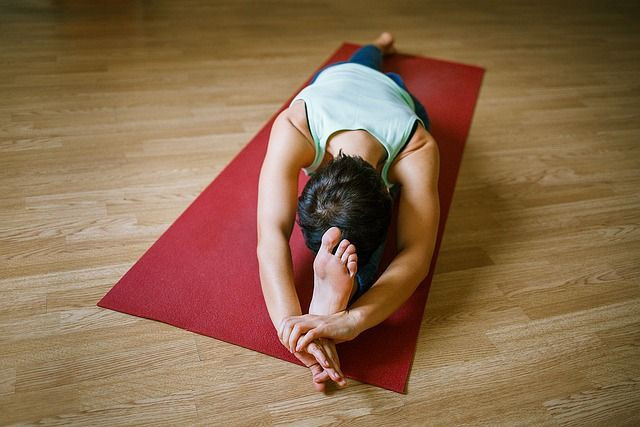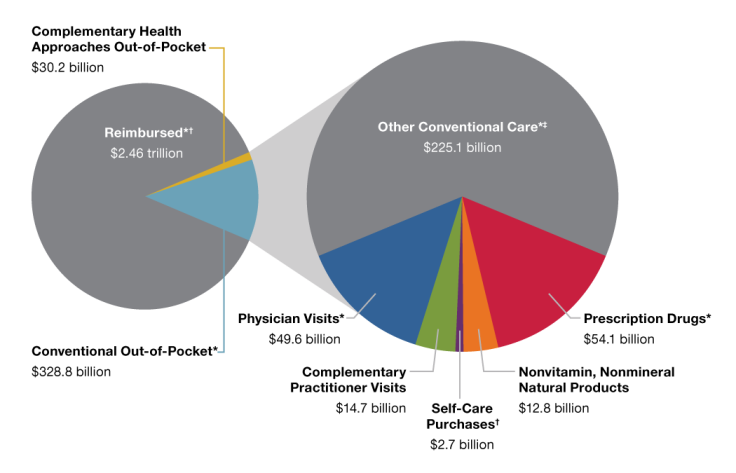Americans Spend $30 Billion A Year On Alternative Medicine, Like Yoga And Fish Oil — Is It Worth It?

Americans continue to shell out the big bucks for complementary and alternative medicine — to the tune of $30 billion out-of-pocket a year according to a new report jointly released Wednesday by the National Center for Complementary and Integrative Health (NCCIH) and the Centers for Disease Control and Prevention (CDC).
To come up with that figure, the researchers took a look at a special section of the 2012 National Health Interview Survey, an extensive and representative poll of Americans’ health-related habits. The survey also allowed them to track which alt-med treatments we’re especially into. Tops among natural products that weren’t vitamins or minerals was fish oil: 7 percent of Americans downed some fishy pills within the past year. On the flip side, yoga’s recent surge in popularity made it the most popular “mind and body practice” over chiropractic medicine and meditation, with nearly 10 percent of us having plopped down onto a mat.
Overall, 33 percent of Americans spent some amount of money on complementary and alternative medicine. Of the total, $14.7 billion went to specialist visits, $12.8 billion to natural products, and $2.7 billion to so-called self-care products, which might include anything from homeopathic pills to self-help books. Alternative medicine for children soaked up $1.9 billion. All told, the total $30 billion represented just under 10 percent of all out-of-pocket health care spending in 2012. Only a few treatments, such as chiropractic medicine, were billable through insurance.

“With so many Americans using and spending money on complementary health approaches, it is extremely important for us to provide the public with evidence-based information to help inform decisions,” said Dr. Josephine P. Briggs, director of the NCCIH, in a statement. “This underscores the importance of conducting rigorous research to know whether the products and practices being used are safe and effective.”
The Miracle Cure
So how does the current evidence look for alternative health aids? Not great, for the most part.
For instance, while the American Heart Association and others have long touted the Omega-3 fatty acids in fish oil as a preventative buffer against heart disease and age-related loss of vision, the best science we have on it says otherwise. In 2012, a giant review of fish oil clinical trials and other smaller reviews found they lacked “efficacy across a range of health outcomes for which their use is advocated.” In other words, bupkis.
And with homeopathy, it’s not merely that its treatments don’t work the way its advocates say they should, it’s that they literally can’t work without violating the laws of physics. Any relief we do get from these pills, purported to contain the “memory” of a harmful substance diluted in water to the point of non-existence, are from our expectations that it will make us feel better — the placebo effect.
So what does work? Maybe cranberry pills for urinary tract infections. Vitamins and minerals could help people who are running a little low in them — though they'll do nothing or even cause harm in people who don’t have deficiencies. Chiropractic services could help certain kinds of back pain, though you might do better to visit a physical therapist. And yoga and meditation can relieve pent-up stress, a contributing factor for many a chronic condition like heart disease and even certain forms of dementia.
All in all, those of us who are looking to stay away from a doctor’s office as long as possible might do well to just do some more exercise — yoga included — rather than head out to our nearest GMC. If there’s any “miracle cure,” it’s that.



























